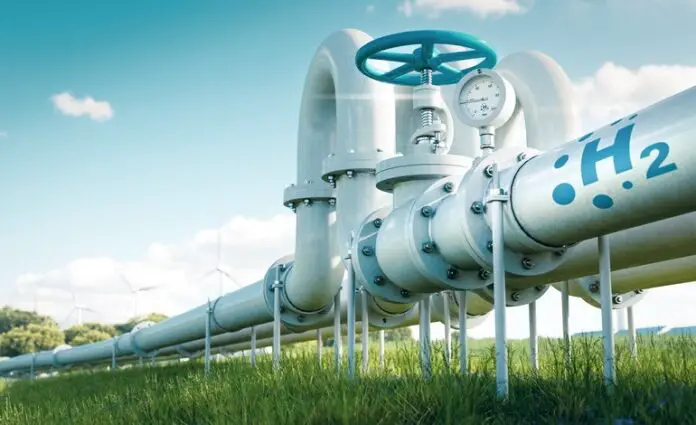A new report released today by the North West Hydrogen Alliance (NWHA) has called on the UK Government to prioritise developing hydrogen transport and storage to enable the sector to scale effectively and support the UK in reaching net zero.
Whilst significant progress has been made in creating the policy frameworks to unlock production – with a UK target of 10GW of hydrogen by 2030, a Hydrogen Production Business Model and the Low Carbon Hydrogen Standard – the development of transport and storage business models has not progressed at the same pace.
‘The role of hydrogen infrastructure in the future energy system’ report outlines the vital role of hydrogen networks, through either the construction of new pipelines or the repurposing of current gas pipelines, in linking producers to diverse and distributed end users and storage facilities. A well-developed hydrogen network enables large-scale production at central facilities for distribution across various regions and users. It also provides flexibility in choosing storage locations, allowing hydrogen to be produced where it’s most cost-effective and consumed where demand is highest.
It also outlines the critical role of storage infrastructure in the hydrogen value chain, by accommodating demand side variations and balancing the intermittent nature of renewable hydrogen production. Hydrogen storage can support the UK energy system by matching production with demand whilst facilitating decarbonisation of the electricity system. By storing surplus electricity during periods of excess generation, hydrogen storage provides flexible energy generation during times of high demand and low renewable energy output.
The NWHA is advocating a whole system approach where transport and storage are integrated to enhance the overall effectiveness of hydrogen infrastructure and maximise its decarbonisation and economic benefits.
Dave Richardson, Interim Chair of the NWHA and Decarbonisation Solutions Director at Costain said: “Transport and storage infrastructure is essential to realising the potential of hydrogen in reaching net zero and improving energy resilience and security. It is crucial that the Government prioritises unlocking investment in these key infrastructure assets by urgently bringing forward Hydrogen Transport and Storage Business models.
“The North West is uniquely positioned to play a pivotal role in the UK’s transition to hydrogen and infrastructure must be developed as a national priority. Continued government support is essential to ensure a balanced development across the sector, to drive investment and unlock significant economic benefits.”
The UK has committed to reaching net zero by 2050, a bold target that involves reducing greenhouse gas emissions across all sectors. Low-carbon hydrogen will be essential in achieving this goal, particularly in decarbonising hard to abate sectors like industry, aviation, heavy transport and flexible power generation.
The North West is fast establishing itself as a global leader in hydrogen and is home to some of the most well-developed hydrogen projects in the UK. Last month it was announced that the Government has pledged £22 billion over the next 25 years to support the development of two carbon capture clusters, including HyNet in the North West.
The UK’s first large scale, low carbon hydrogen production plants HPP1 and HPP2 are being developed by NWHA member EET Hydrogen at the Stanlow Manufacturing Complex in Ellesmere Port, Cheshire which could produce over 1GW of hydrogen by 2030. The region also has features that make it an ideal candidate for early hydrogen adoption including salt layers for hydrogen storage, offshore geology suitable for storage of carbon dioxide and a large industrial cluster.
The NWHA’s Economic Impact Assessment (EIA) estimates that the North West’s hydrogen sector could generate up to 37,000 full time employment years and deliver a cumulative GVA of about £3.4bn by 2030. To realise this economic potential, substantial investment is required in the regional hydrogen economy, including transport and storage infrastructure to support and complement the anticipated large scale hydrogen production in the region.







